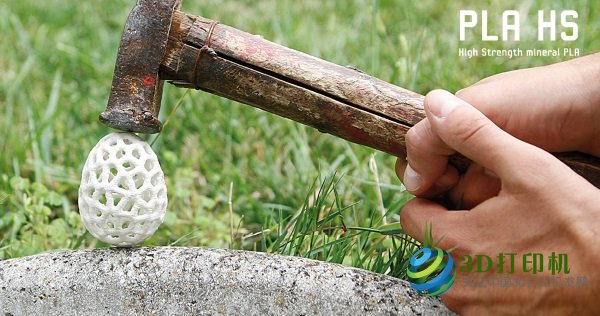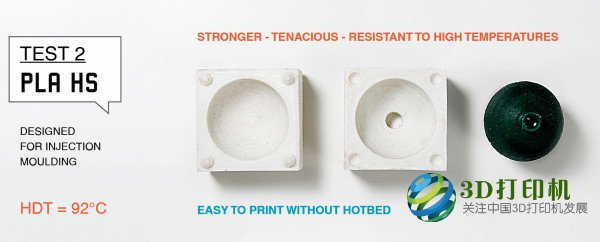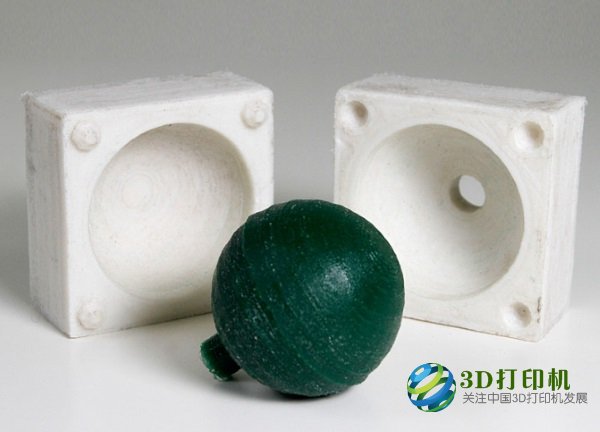PLA (polylactic acid) is one of the most commonly used 3D printed wires. Compared with other commonly used 3D printing materials such as ABS, PLA has many advantages: it not only has rich colors and good transparency, but also enables higher printing speed and better printing results; and its raw materials are derived from plants. It is an environmentally friendly biodegradable material. Finally, its hardness is also high, which makes it ideal for printing a variety of objects.
You might think, “So good material, why change its formula?†But this is exactly what Design for Craft has been doing. The studio was founded in 2013 to provide 3D modeling for customers. Prototyping and 3D printing services have recently entered the 3D printed materials market.

In fact, Design for Craft intends to improve PLA because it is very versatile and shows such excellent features: "For this reason, we think it will give it better performance without sacrificing its print quality. Important." Their goal is to solve the biggest problem that FDM 3D printing technology often faces: the printed things are a bit brittle, they break under certain pressure, and they are prone to warping at a certain temperature.
And this is the strength of the PLA HS (high intensity). The PLA HS was developed by Design for Craft in collaboration with the Italian company KeyTech. To change its vulnerability, Design for Craft personnel added a range of mineral powders to the PLA material. They explained that 3D printed PLA HS materials are far more durable than conventional PLA materials and can withstand more stress, wear and tear.

This new type of 3D printed wire is a combination of PLA material and mineral filler, which is highly resistant to thermal stresses and bending forces. The convenience of 3D printing is the same as that of ordinary PLA.
In addition, it can withstand higher temperatures and is less hygroscopic. “This makes 3D printed parts more durable and the wire is easier to store.†Tiangong believes that this is the biggest highlight of PLA HS materials, because it is well known that the biggest problem with PLA is that it is not resistant to high temperatures and moisture.

In addition, it makes 3D printing relatively simple because it has less warpage and does not require a hot bed. According to Design for Craft, “the only difference from a standard PLA material is its melt temperature, which is 200°C to 210°C.â€
They even provided two experiments to demonstrate the excellent performance of the PLA HS. The first experiment showed the heat resistance. They threw a knife made of PLA HS into the washing machine and set the water temperature to 90 °C. As can be seen from the figure below, conventional PLA materials show significant deformation, but their PLA HS knife is safe and sound.

In the second experiment, the material showed excellent thermal and mechanical properties, and Design for Craft used it to 3D to print a practical injection mold. The molten thermoplastic polymer is then injected and the mold is OK.


(Editor)
Human Pathology Slides Series. Products include human common 16 categories,more than 500 common pathological slides. Common dyeing methods: HE;Slice thickness: 3μm~5μm. Pathology Slides are usually a smaller set of slides of many of the same human tissues in the Histology set but they will be infected, diseased, or cancerous so as to develop the student's ability to diagnose disease.
Pathology Slide,Medical Pathology Slide,Pathology Slides Online,Pathology Histology Slides
Xinxiang Vic Science&Education Co.,Ltd. , https://www.hnmedicalsciencemodel.com